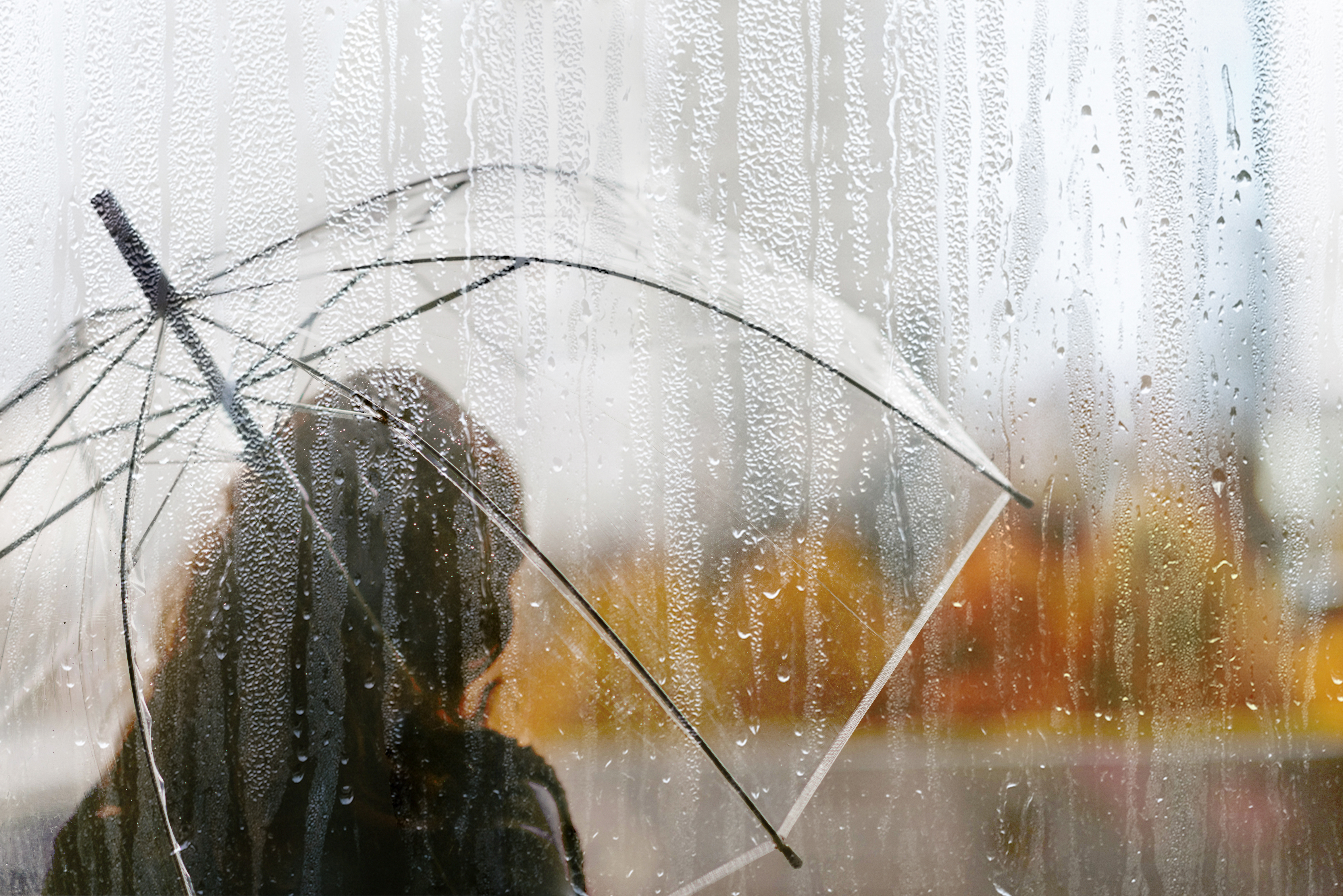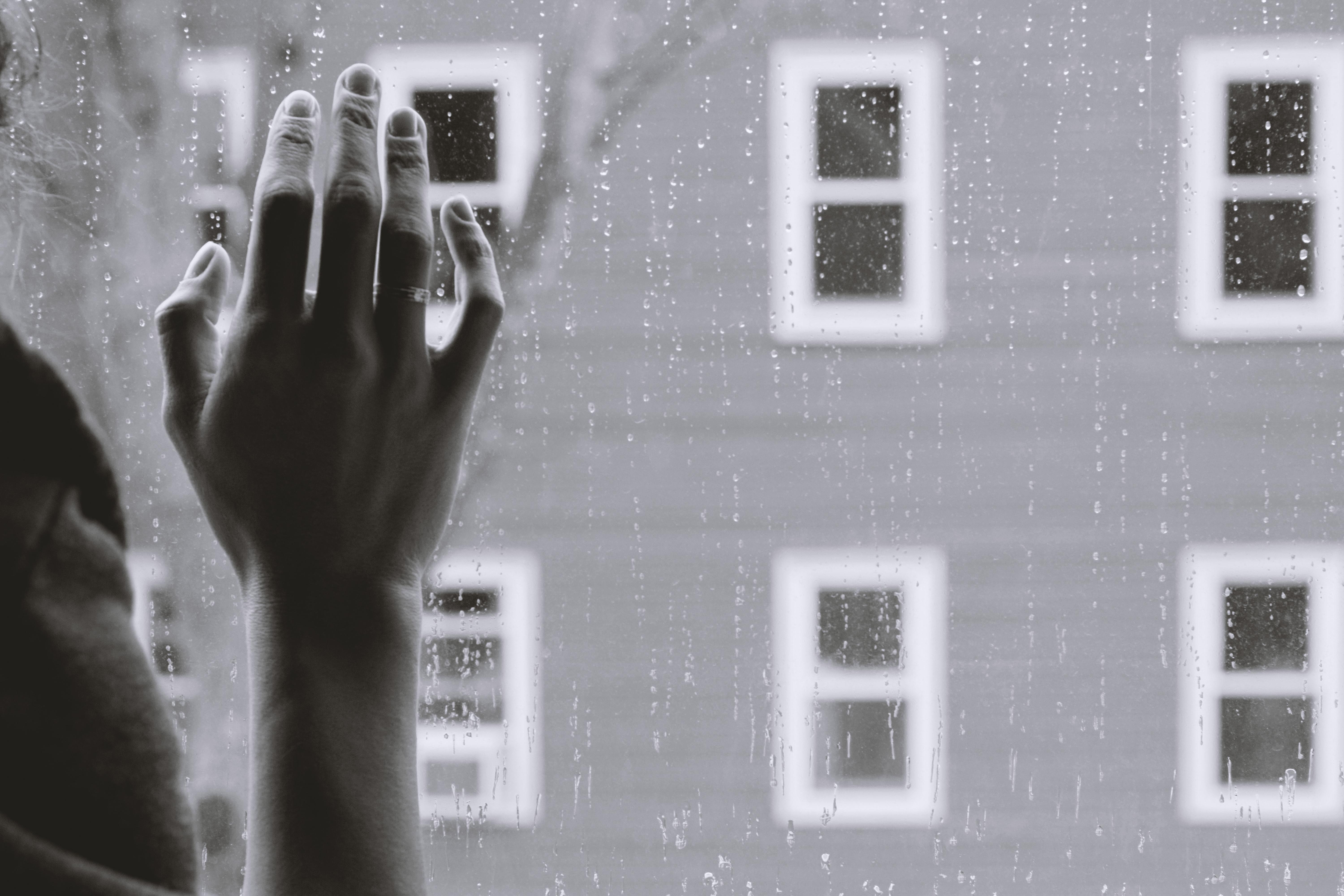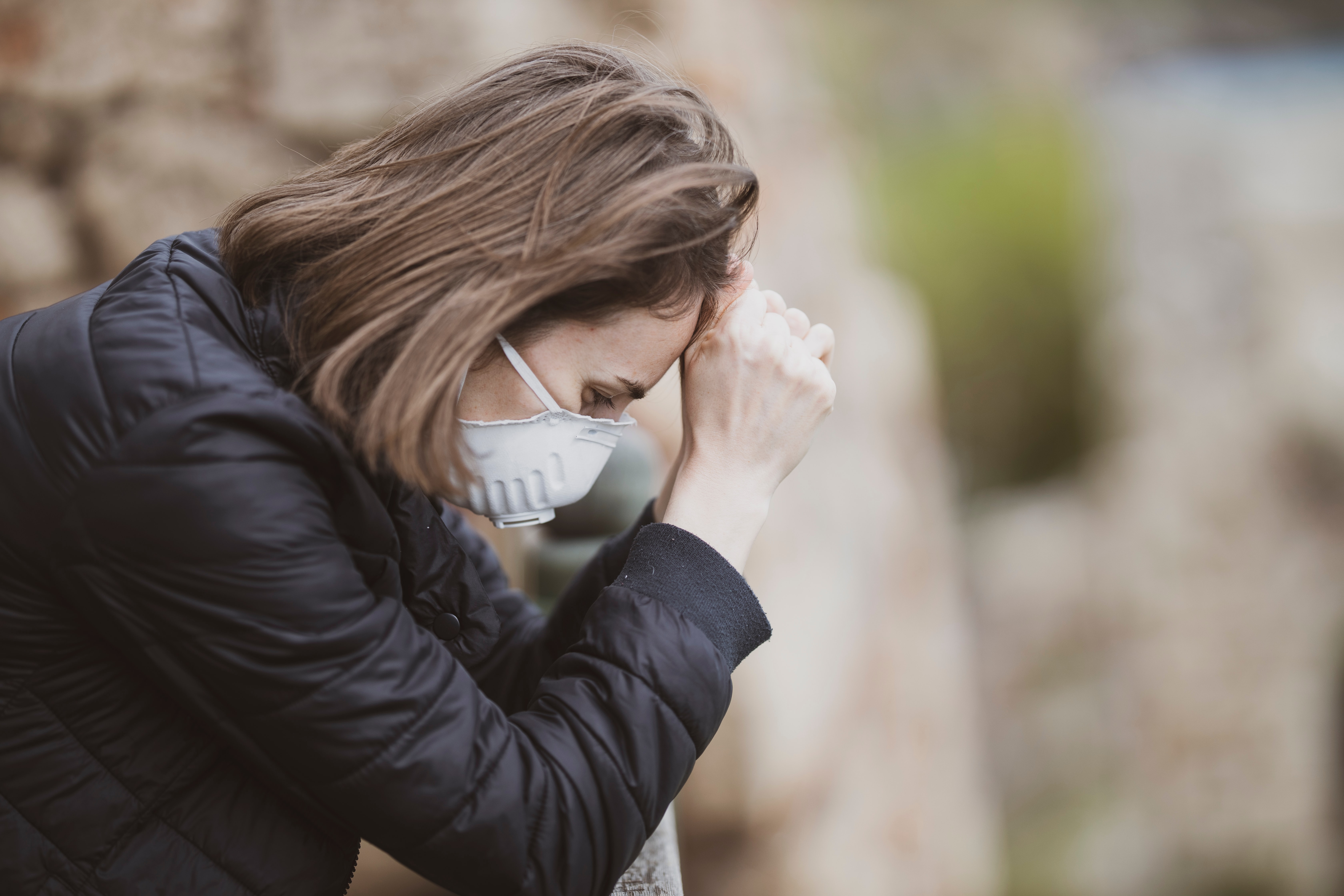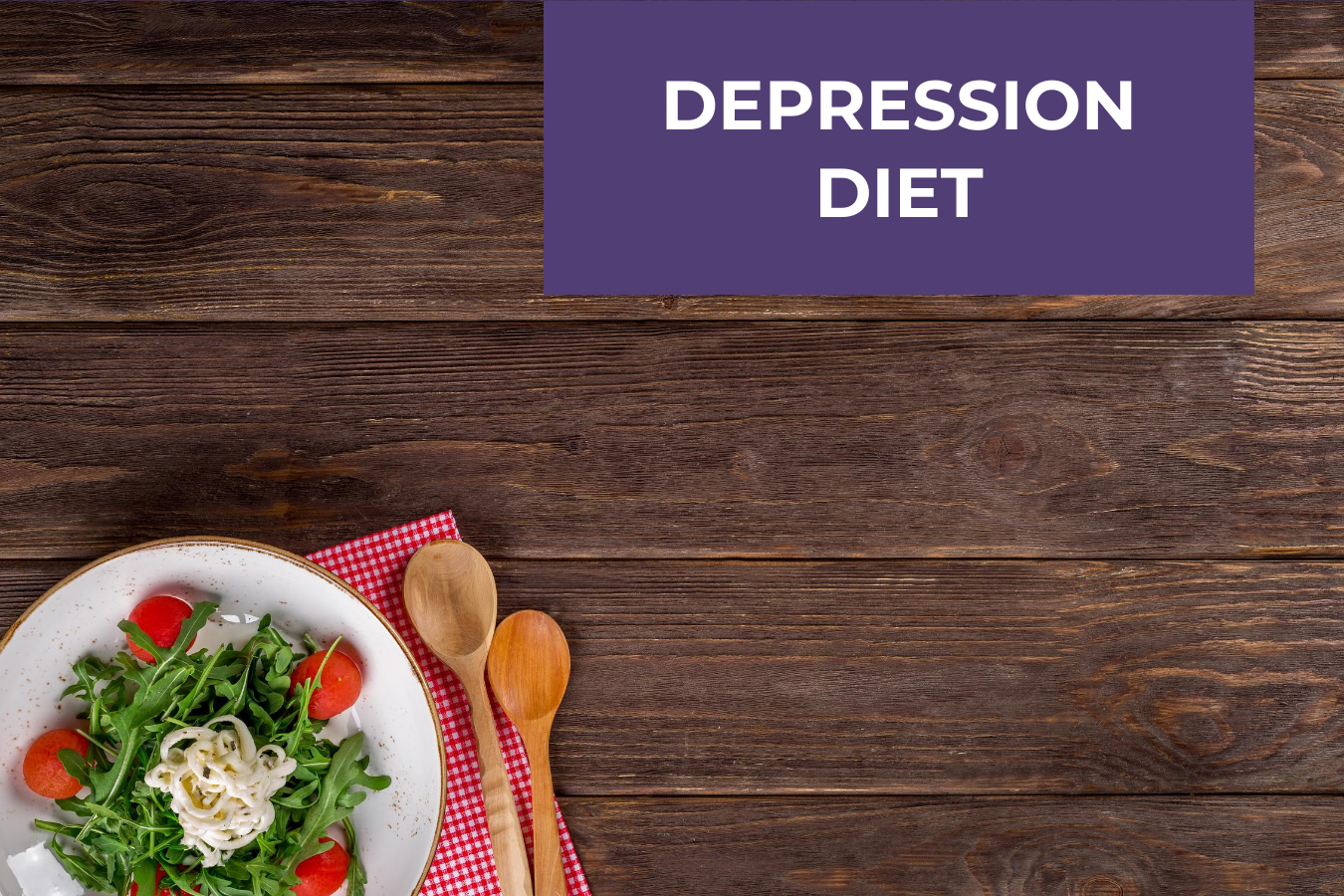Daylight Savings And The Return Of Your Seasonal Depression
The weather is turning cold and the skies are getting dreary. While most people enjoyed the extra hour of sleep they got this past weekend, for...

For some people, depression isn’t a year-round challenge. Seasonal depression, also known as seasonal affective disorder (SAD), occurs only during certain parts of the year. Most commonly, this type of depression shows up in the late fall or early winter when the days become shorter, darker, and colder and goes away during the spring and summer. While there are some people who experience SAD during the summer, this is far less common.
The seasonal nature of this type of depression doesn’t make it any less severe. Typically, people who are diagnosed with SAD display many of the same symptoms as someone with major depression, including feelings of hopelessness, loss of interest in activities, low energy levels, and difficulty concentrating. Some people with SAD also have frequent thoughts of death or suicide.
If you worry that you’re susceptible to this type of depression, you can try a number of strategies to keep depression symptoms at bay. Use these tips to reduce your risk for seasonal depression and to find relief when things start to feel tough.
1. Go Outside.
It might seem counterintuitive considering that the weather plays a role in SAD, but going outside during daylight hours can help to relieve some of your symptoms. Bundle up and go for a walk or play a winter sport. When it’s too cold for that, try sitting by a window in the sun. Exposure to natural daylight can help to boost your mood and energy levels.
2. Get Some Exercise.
Being active is a great way to combat the winter blues. Even low-intensity exercise, such as walking around your neighborhood or doing yoga in your living room, can help to counteract seasonal depression. In addition to giving you a boost of energy and helping to lift your mood, regular exercise also assists in regulating your circadian rhythm so you can sleep more soundly.
3. Eat Healthy Foods.
Many people with seasonal depression crave comfort foods. While it’s fine to indulge occasionally, try to avoid consuming too many unhealthy foods on a regular basis. The excess calories, fat, and sugar can lower your mood and make you feel even more sluggish. Instead, try to incorporate healthy foods into your diet. If your cravings persist, look up recipes for healthier versions of your favorite comfort foods.
4. Try to Stay Social.
Staying socially active is just as important as staying physically active when you’re dealing with seasonal depression. Though you may be tempted to isolate yourself from others, make an effort to spend time with friends and family. This can help to lift your spirits and give you opportunities to talk with loved ones about what you’re going through. Social support can be vital to managing and overcoming your depression.
5. Plan a Vacation.
For many people who suffer from seasonal depression, having a vacation to look forward to can help. If possible, plan a vacation to spend a few days somewhere with warm weather and plenty of sunshine. In addition to providing a little rest and relaxation, the time in the sun can help boost serotonin production to boost your mood.
6. Use Light Therapy.
If your seasonal depression occurs during the darker days of the year with less sunlight, you may benefit from light therapy. This type of treatment involves exposure to bright, artificial light first thing in the morning for about 20-60 minutes. You can’t just use any light in your home, however. Instead, you’ll need to purchase a light box with at least 10,000 lux.
7. Get Screened for Related Health Issues.
Talk to your doctor about your symptoms and ask about possible health screenings. In some cases, there may be another issue that is causing or contributing to symptoms of seasonal depression, such as a vitamin B deficiency or a thyroid problem. If a problem is detected, your doctor will be able to recommend diet changes, supplements, or medications that can help.
8. Attend Talk Therapy Sessions.
Talking to a psychologist may help if you’re struggling with seasonal depression. A common type of talk therapy called cognitive behavioral therapy (CBT) is often recommended for SAD because it helps patients to identify and change their negative behaviors and thoughts. In CBT, you can also learn useful coping mechanisms for alleviating symptoms and managing stress.
9. Try Taking Medication.
It’s okay if the above items on this list don’t work for you. In some cases, medication is necessary to overcome the effects of seasonal depression. Your doctor may recommend taking an antidepressant during the winter months when symptoms are at their peak. Keep in mind, however, that SSRIs may have unpleasant side effects and typically take at least several weeks before you experience the full benefits.
10. Consider Alternative Treatments
If you’re looking for faster relief than talk therapy or medication can provide, consider trying an alternative treatment like Ketamine Infusion Therapy. This type of treatment has a high success rate and is proven to significantly relieve symptoms of depression. Plus, it works faster than other SAD treatments, with many patients feeling substantial relief within just a day or two after their third infusion. Check out our Depression Therapy Guide to compare Ketamine Therapy with 5 of the top depression treatments available.
If you’re struggling with seasonal depression, you don’t have to go through it alone. Try the tips above and connect with loved ones who can provide social and emotional support. If you’re interested in learning more about how Ketamine Therapy can help with your seasonal depression, contact Ketamine Clinics of Los Angeles to talk to our patient care team.

The weather is turning cold and the skies are getting dreary. While most people enjoyed the extra hour of sleep they got this past weekend, for...

April is Stress Awareness Month, a time when healthcare professionals and health advocates come together to raise awareness about the causes and...

Is there such a thing as a depression diet? Thinking of food as fuel for your body is a mindset shift that could help ease your depression symptoms...